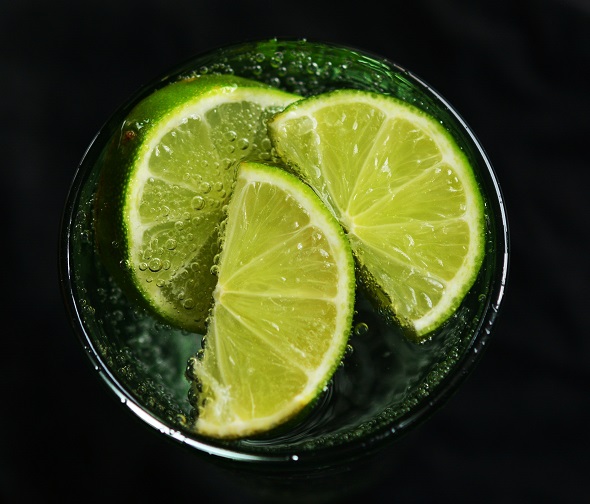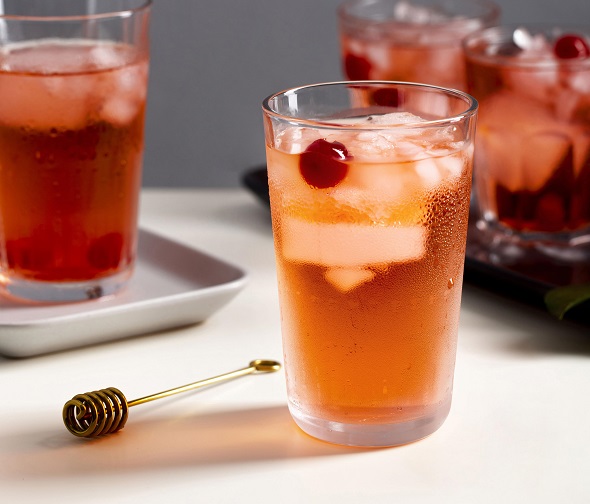As consumer demand for healthier food options continues to rise, stevia has become a go-to natural sweetener for food and beverage manufacturers looking to reduce sugar content while maintaining taste. Stevia's ability to provide sweetness without the calories has made it a popular choice across various product categories, from beverages to bakery. However, successfully integrating stevia into food formulations requires an understanding of its properties, the challenges it presents, and how to overcome them. This guide will help food manufacturers use stevia effectively to enhance the health profile and taste of their products.

1. Why stevia is a game changer in food formulations?
Stevia, derived from the stevia leaf, is a natural, calorie-free sweetener that offers several benefits for food manufacturers. These include:
· Zero Calories: Unlike sugar, stevia doesn't add any calories, making it ideal for low-calorie and low-sugar product formulations.
· Health Benefits: Stevia is not only a sugar substitute but also has health-promoting properties, including blood sugar regulation and potential antioxidant benefits.
· Sustainability: Stevia is a sustainable crop that requires fewer resources (such as water) compared to traditional sweeteners like sugarcane, making it an environmentally friendly choice.
However, despite its advantages, stevia presents a unique set of challenges, particularly in terms of taste and formulation. To help overcome these, it's important to understand stevia's characteristics and how to adjust your formulations for optimal results.
2. Challenges of using stevia in food formulations
(1) BITTER AFTERTASTE
One of the most common challenges when using stevia is the bitter aftertaste that can occur, especially with certain stevia extracts. This can make stevia less appealing in products where the flavor profile is critical, such as beverages, dairy products, and desserts.
SOLUTION:
· Blend with Other Sweeteners: To mitigate the bitterness, stevia is often blended with other sweeteners like erythritol, monk fruit, or even small amounts of sugar. This helps balance the taste and reduces the lingering aftertaste of stevia.
· Use High-Purity Stevia Extracts: Using Reb M and Reb A, which are high-purity stevia extracts, can minimize the bitterness and provide a cleaner, more sugar-like taste.
(2) SWEETNESS INTENSITY
Stevia is intensely sweet—up to 300 times sweeter than sucrose (table sugar). While this offers the advantage of using smaller quantities to achieve the desired sweetness, it also presents a challenge when formulating products with consistent sweetness levels.
SOLUTION:
· Adjust for Sweetness: Since stevia is so much sweeter than sugar, it's important to carefully adjust the quantity used in formulations. Start with small amounts and test the product's sweetness to ensure it aligns with consumer preferences.
· Pair with Bulking Agents: To achieve the right sweetness without using excessive stevia, manufacturers often use bulking agents like maltodextrin or erythritol to match the sweetness profile and texture of sugar.
3. Best practices for using stevia in food formulations
The application of stevia varies depending on the type of food product being developed. Here's a breakdown of how to best utilize stevia in different categories:
(1) BEVERAGES
Stevia works exceptionally well in beverages such as soft drinks, tea, and sports drinks. Its solubility and ability to provide clean sweetness make it ideal for liquid formulations.
· Tip: Use stevia in combination with other sweeteners like erythritol to create a smoother, fuller flavor that more closely mimics the taste of sugar.
· Challenge: Stevia can sometimes impart a slight licorice or herbal flavor in liquid form, so testing and blending with other ingredients is key.
(2) BAKED GOODS
In baking, stevia can replace sugar in many products, such as cakes, cookies, and muffins. However, it doesn't perform the same function as sugar in terms of browning and moisture retention.
· Tip: Use stevia blends that contain bulking agents to replace sugar's volume, helping with texture and consistency.
· Challenge: Stevia lacks the caramelization properties of sugar, so additional ingredients like honey or molasses may be necessary to achieve the desired golden color and texture.
(3) DAIRY PRODUCTS
Stevia is often used in low-sugar or sugar-free dairy products, such as yogurt, milk, and ice cream. It's important to ensure that the stevia doesn't alter the creamy texture or mouthfeel.
· Tip: Use stevia extract with higher purity (like Reb M) to avoid a bitter aftertaste and maintain the product's smooth, creamy texture.
· Challenge: Stevia can sometimes cause a slight change in the texture of dairy products, especially in frozen varieties. Balancing sweetness with other ingredients like gums or emulsifiers can help achieve the right consistency.


4. Choose the right product for your application
The success of incorporating stevia into your food formulations largely depends on selecting the right product based on your specific needs. Here are some recommendations for different types of applications:
(1) FOR PRODUCTS REQUIRING NATURAL ATTRIBUTES AND GREAT TASTE:
If your application needs a product with both natural attributes and great taste, you can start with RD RM. These products offer a well-balanced flavor profile and meet consumer demands for all-natural ingredients, making them ideal for health-conscious consumers.
(2) FOR PRODUCTS FOCUSED MAINLY ON TASTE:
If your primary goal is to improve the taste of your product while maintaining low-calorie content, GSG (glycosylated steviol glycosides) is an excellent choice. This product offers a smoother, rounder sweetness with significantly reduced bitterness, making it perfect for taste-driven applications like beverages or snacks.
(3) FOR EXPERIENCED USERS WITH ESTABLISHED FORMULAS:
If your business already has mature formulations for stevia and you are familiar with its properties, the Reb A series(Reb A) is recommended. These products are widely used in the industry and work well when you need a reliable, cost-effective option for a variety of applications, from bakery to dairy.
By selecting the appropriate stevia product based on your formulation requirements, you can ensure that your final product meets both the taste and health expectations of your consumers.


5. Health benefits of using stevia in food products
(1) ZERO-CALORIE SWEETENING
Stevia's most attractive feature is that it contains no calories. This makes it an excellent choice for manufacturers looking to create sugar-free or low-calorie products, catering to the growing consumer demand for healthier alternatives.
(2) BLOOD SUGAR REGULATION
Unlike traditional sugars, stevia does not cause a spike in blood glucose levels, making it a safer alternative for diabetic consumers. It also has potential benefits for those managing their weight and overall health.
Successfully using stevia in food formulations involves more than just replacing sugar—it requires careful consideration of the sweetener's properties, such as its intensity, bitterness, and solubility. By using the right purity extracts, combining stevia with complementary ingredients, and testing extensively, food manufacturers can create products that are both delicious and healthier for consumers. The continued demand for low-calorie, low-sugar, and natural ingredients presents an ongoing opportunity for businesses to innovate and grow by integrating stevia into their product lines.
With the right approach, stevia can become a key ingredient in your product formulation, helping your business meet evolving consumer demands for health-conscious, tasty, and sustainable food options.
Related Recommendation
All images in this article are sourced from: GL Stevia, Freepik,